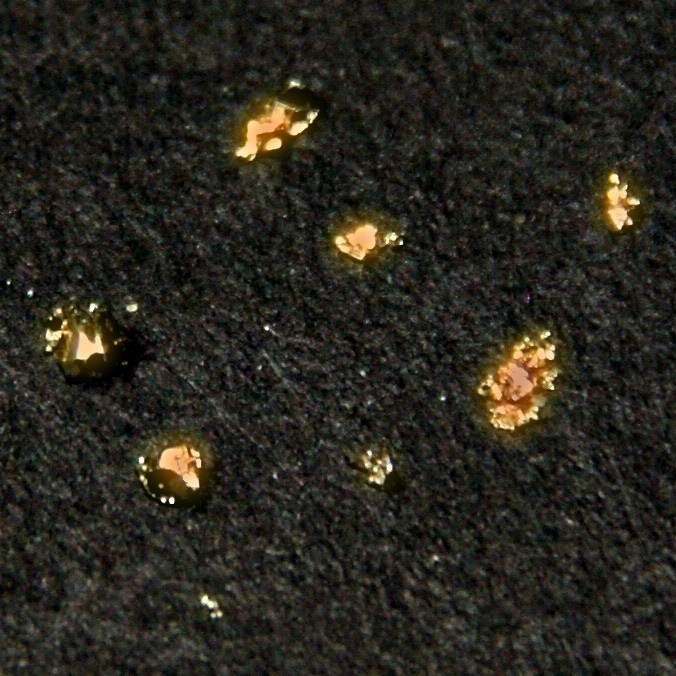कैलीफोर्नियम
98
Cf
समूह
लागू नहीं
आवर्त
7
ब्लॉक
f
प्रोटॉन
इलेक्ट्रॉन्स
न्यूट्रॉन
98
98
153
सामान्य गुण
परमाणु संख्या
98
परमाणु भार
[251]
द्रव्यमान संख्या
251
श्रेणी
ऐक्टिनाइड्स
रंग
लागू नहीं
रेडियोधर्मी
हाँ
Named after California and the University of California
क्रिस्टल की संरचना
सरल हेक्सागोनल
इतिहास
Californium was discovered by Stanley G. Thompson, Kenneth Street, Jr., Albert Ghiorso and Glenn T. Seaborg in 1950 at the University of California, Berkeley.
It was produced by the bombardment of curium with alpha particles.
Californium was isolated in macro quantities for the first time by Burris Cunningham and Stanley Thompson in 1958.
It was produced by the bombardment of curium with alpha particles.
Californium was isolated in macro quantities for the first time by Burris Cunningham and Stanley Thompson in 1958.
इलेक्ट्रॉन प्रति शेल
2, 8, 18, 32, 28, 8, 2
इलेक्ट्रॉन कॉन्फिगरेशन
[Rn] 5f10 7s2
Californium is produced in nuclear reactors and particle accelerators
भौतिक गुण
अवस्था
ठोस
घनत्व
15.1 g/cm3
गलनांक
1173.15 K | 900 °C | 1652 °F
क्वथनांक
-
विलय ऊष्मा
लागू नहीं कि.जूल/मोल
वाष्पीकरण ऊष्मा
लागू नहीं कि.जूल/मोल
विशिष्ट ऊष्मा क्षमता
- जूल/ग्राम•केल्विन
पृथ्वी की पपड़ी में प्रचुरता
लागू नहीं
ब्रह्मांड में प्रचुरता
लागू नहीं

सी ए एस संख्या
7440-71-3
PubChem सी.आई.डी. संख्या
लागू नहीं
परमाण्विक गुण
परमाणु का त्रिज्या
-
संयोजी त्रिज्या
-
इलेक्ट्रोनेगेटिविटी
1.3 (पाइलिंग पैमाना)
आयनीकरण ऊर्जाएं
6.2817 eV
परमाणु आयतन
18.4 से.मी.३/मोल
तापीय चालकता
0.1 W/cm·K
ऑक्सीकरण स्थितियां
2, 3, 4
उपयोग
Californium is used as a portable neutron source for discovery of metals such as gold or silver by on-the-spot activation analysis.
Neutrons from californium are employed as a treatment of certain cervical and brain cancers where other radiation therapy is ineffective.
Neutron moisture gauges use californium-252 to find water and petroleum layers in oil wells.
Neutrons from californium are employed as a treatment of certain cervical and brain cancers where other radiation therapy is ineffective.
Neutron moisture gauges use californium-252 to find water and petroleum layers in oil wells.
Californium is harmful due to its radioactivity
समस्थानिक
स्थिर आइसोटोप
-अस्थिर समस्थानिक
237Cf, 238Cf, 239Cf, 240Cf, 241Cf, 242Cf, 243Cf, 244Cf, 245Cf, 246Cf, 247Cf, 248Cf, 249Cf, 250Cf, 251Cf, 252Cf, 253Cf, 254Cf, 255Cf, 256Cf